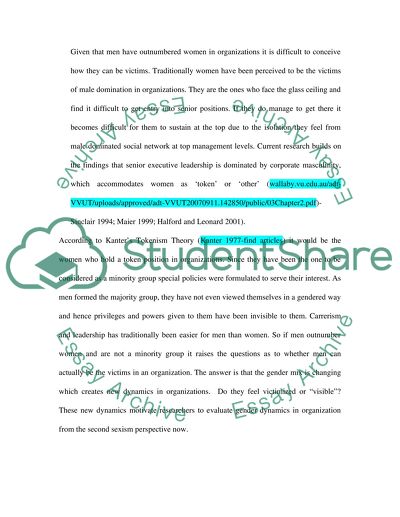Cite this document
(“Are men the victims of equality in contemporary organizations Essay - 1”, n.d.)
Retrieved from https://studentshare.org/miscellaneous/1544010-are-men-the-victims-of-equality-in-contemporary-organizations
Retrieved from https://studentshare.org/miscellaneous/1544010-are-men-the-victims-of-equality-in-contemporary-organizations
(Are Men the Victims of Equality in Contemporary Organizations Essay - 1)
https://studentshare.org/miscellaneous/1544010-are-men-the-victims-of-equality-in-contemporary-organizations.
https://studentshare.org/miscellaneous/1544010-are-men-the-victims-of-equality-in-contemporary-organizations.
“Are Men the Victims of Equality in Contemporary Organizations Essay - 1”, n.d. https://studentshare.org/miscellaneous/1544010-are-men-the-victims-of-equality-in-contemporary-organizations.


